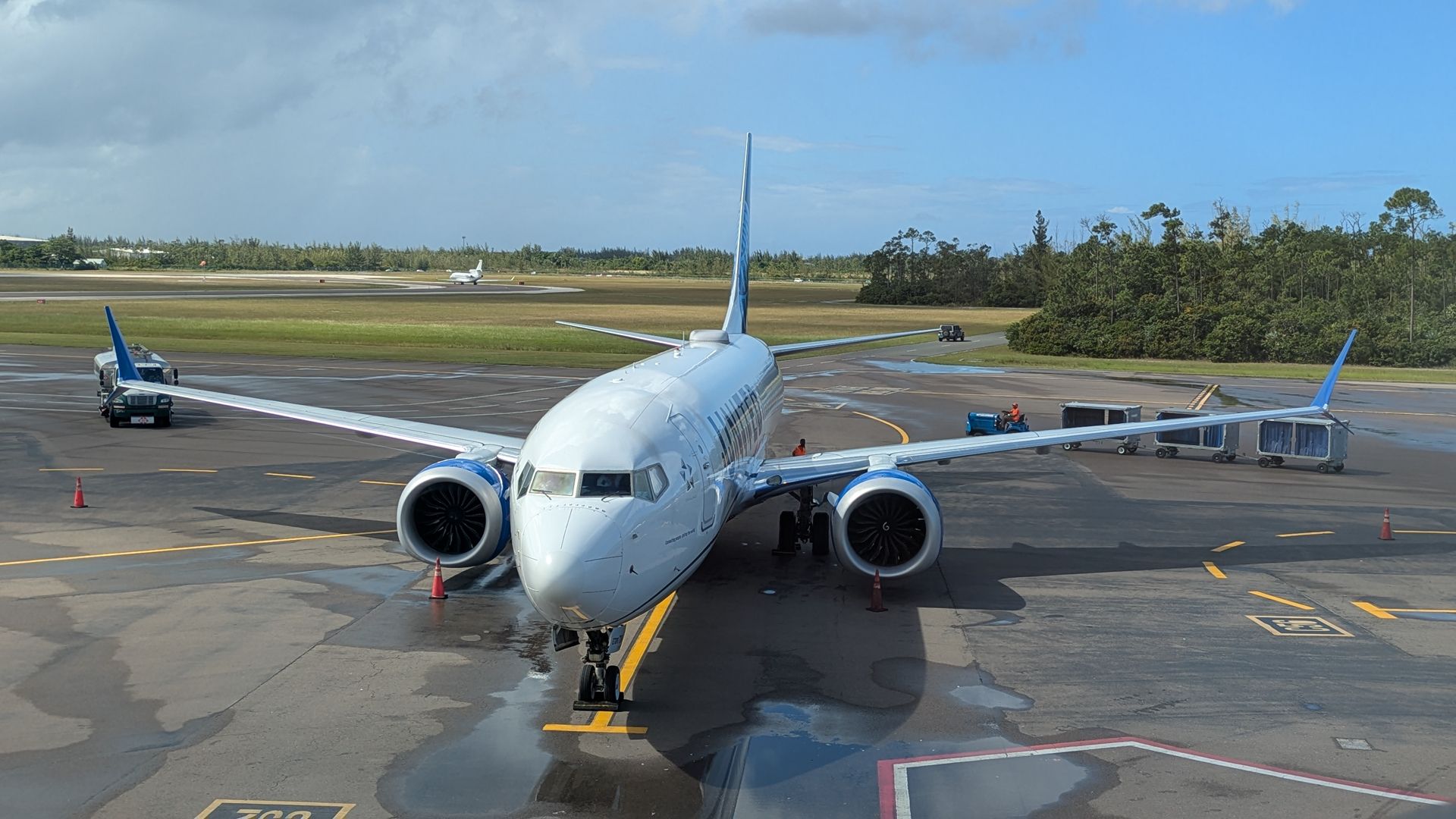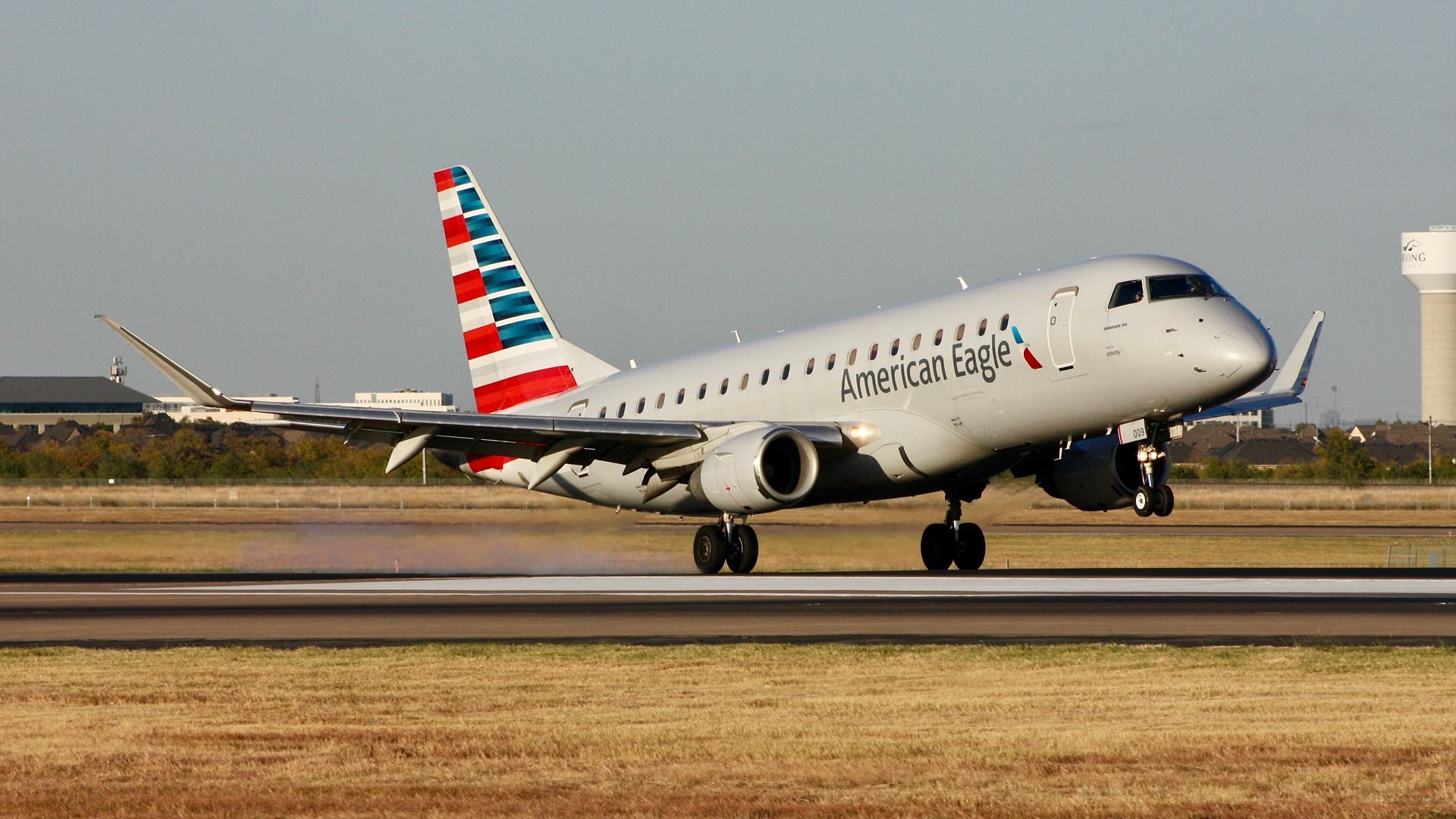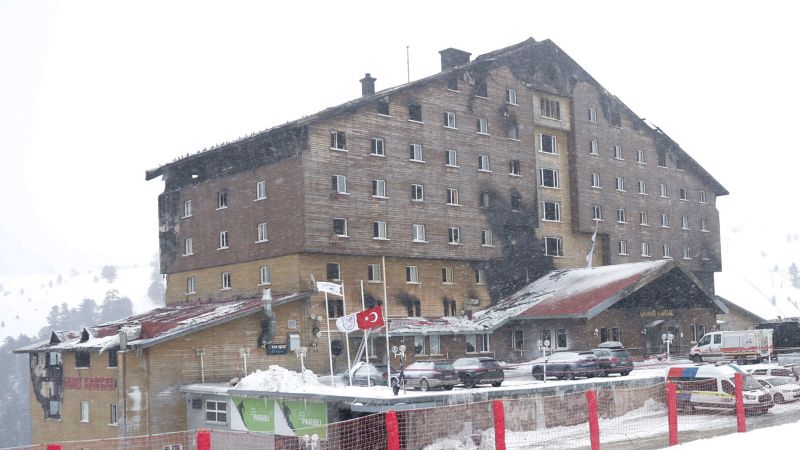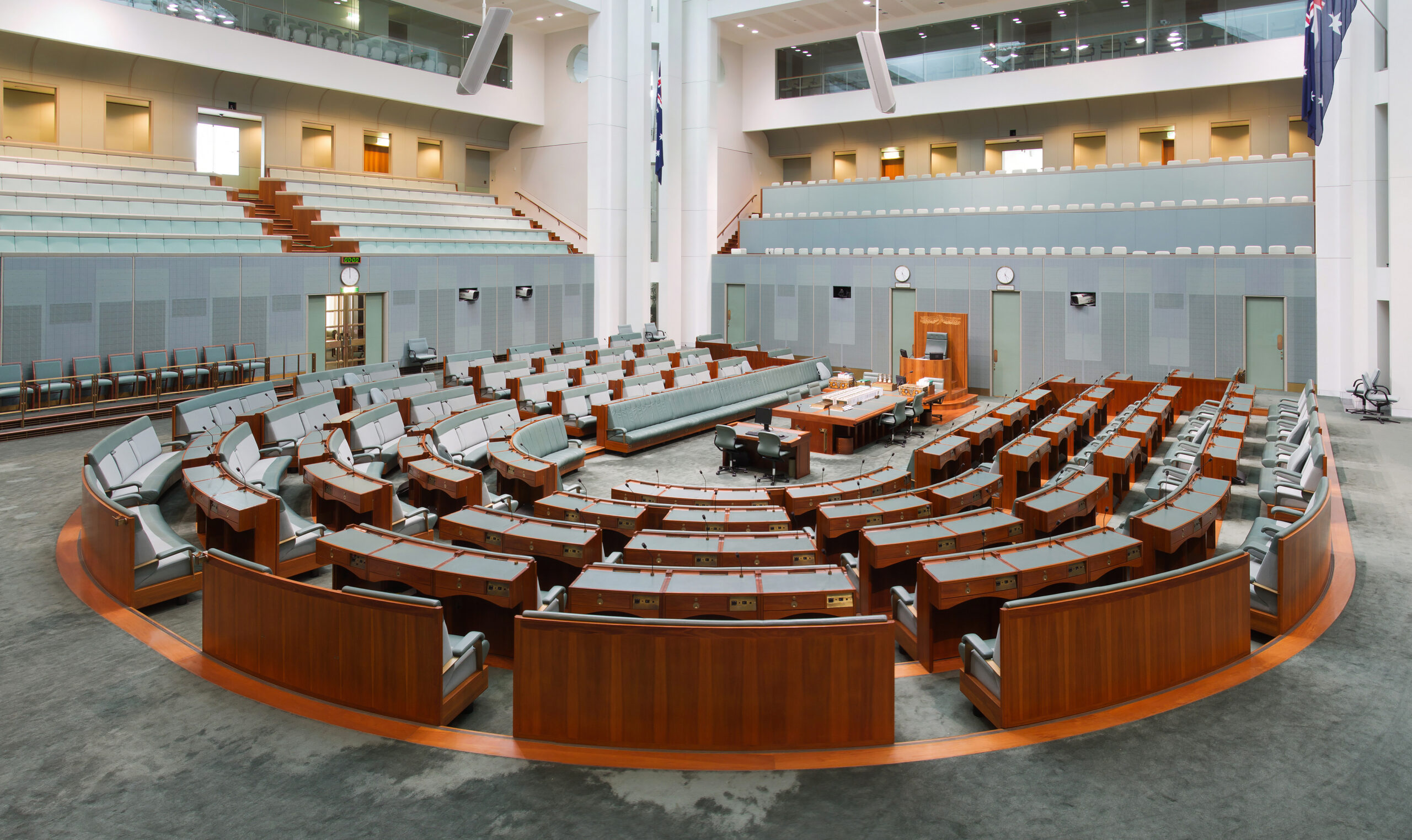The National Transportation Safety Board (NTSB) has released a preliminary report confirming that a United Airlines Boeing 737 MAX 8 collided with a weather balloon while cruising at an altitude of 36,000 feet over Utah on October 16, 2025. The impact resulted in significant damage to the cockpit windshield, showering the pilots with glass, but the aircraft managed to divert safely to Salt Lake City. The captain sustained lacerations to his right arm, while initial reports mistakenly attributed the collision to space debris.
On the day of the incident, United Flight 1093 departed from Denver (DEN) en route to Los Angeles (LAX). As the aircraft flew near Moab, Utah, the captain observed an object on the horizon. Before he could alert the first officer, the Boeing 737 collided with the object, leading to a loud bang and shards of glass entering the cockpit.
Investigation Reveals Balloon Collision
During its investigation, the NTSB identified that the object was a high-altitude global sounding balloon (GSB) launched by WindBorne Systems from Spokane, Washington, a day prior to the incident. Radar data indicated that the GSB entered the flight path of the United jet at the time of the collision. The NTSB report noted, “The GSB was launched from Spokane, Washington at 11:29 MDT on October 15, 2025. The balloon traveled south through Oregon and Nevada before turning northeast, crossing into Utah at the time of the accident.”
NTSB Chair Jennifer Homendy emphasized the potential severity of the incident, stating that the collision “could have been really devastating for the aircraft and those on board.” Although only the captain was injured, damage to other parts of the aircraft might have led to a more serious outcome. Fortunately, cabin pressurization remained stable, and the first officer’s window overheat light activated briefly during the ordeal.
Safety Measures and Future Prevention
WindBorne Systems, the developer of the GSB, has stated that its balloons are designed to minimize damage during collisions. The company’s balloons utilize thin plastic film and silica, avoiding large metal or high-stiffness structures. In response to the incident, WindBorne Systems has committed to enhancing air traffic alerts, reducing time spent in commercial airspace, and further decreasing the weight of GSBs to limit potential damage.
Aircraft windshields, such as the one installed on the United 737 MAX involved in the incident, are engineered to withstand various impact scenarios. According to the NTSB, these windshields are certified to endure impacts equivalent to those from a four-pound bird without penetration and feature non-splintering internal panes. The windshield on United’s aircraft, manufactured by PPG Aerospace, consists of multiple layers designed for durability.
Despite the incident occurring over a month ago, the aircraft involved, a two-year-old United 737 MAX 8 with registration number N17327, remains grounded. After diverting to Salt Lake City, it conducted a brief flight to Chicago Rockford (RFD) on October 19 before ceasing operations. The damaged windshield has been sent to the NTSB Materials Lab in Washington, D.C., for further examination.
United Airlines has been contacted for comment regarding the incident, and updates will be provided as more information becomes available. The NTSB’s ongoing investigation aims to ensure that safety protocols are strengthened to prevent similar occurrences in the future.







